The Ezra Yaghoub Synagogue
With an area of 48,524 square meters, the Ezra Yaghoub Synagogue is one of the oldest and largest synagogues in the Oudlajan neighborhood. You can find this synagogue, which is considered a significant example in terms of its architecture, in Tehran on Mostafa Khomeini road (previously known as Cyrus road), Sangi Street, Alley Hakim, No. 16.
The appearance of the building suggests that it belongs to late 19th century, which would be during Naser al-Din Shah Qajar’s reign. The synagogue has been renovated several times, but it still maintains its original structure.
The Ezra Yaghoub Synagogue is a relatively large compound with two separate synagogues, built opposite each other one meter above the courtyard level. The larger synagogue in the southern side of the courtyard has a high ceiling, wide doors and windows with latticed glass, with a capacity of over 200 people. It has been long used as a residence. The smaller synagogue in the northern side of the courtyard has a capacity of about 150 people, with short windows and octagonal niches around the hall that decorate it. The interior of the halls of both synagogues has been made very simple due to recent renovations, especially in 2004, which was carried out with the cooperation of the Jewish Committee.
Until the 1940s, this synagogue was one of the most important centers of Jewish gathering in the Sarchal neighborhood. In 1937 to 1940, it welcomed a large number of Jews from Bukhara and Samarkand who migrated to Tehran via Afghanistan and Mashhad. A large number of them were temporarily housed in the Ezra Yaghoub Synagogue to arrange their migration to the Promised Land. Also during World War II, several Polish Jewish refugees were temporarily housed in this synagogue after fleeing to Tehran.
For many years, a part of the rooms on the south side were dedicated to the baking of traditional matzo. However, with the establishment of matzo machines in other places, matzo baking in the Ezra Yaghoub Synagogue ceased in 1967.
The Ezra Yaghoub Synagogue lost a significant number of members in the 1960s due to the migration of many Jews from the Oudlajan neighborhood to northern Tehran. This trend continued after the Islamic Revolution, as many Jews emigrated to other countries. As a result, the larger synagogue was completely closed.
According to the book “History of the Jews” by Habib Levi, the Ezra Yaghoub Synagogue was built in 1894 in accordance with the will of Ezra Yaghoub.
Ezra Yaghoub was one of the most trusted and philanthropic merchants in the community. He was the first person to establish trade relations with Manchester, England. In the winter of 1894, he fell ill with pneumonia and died at the age of forty. Ezra Yaghoub’s widow, Sanubar Haghnazar, spent most of his wealth on charitable causes in accordance with his will. In accordance with Ezra Yaghoub’s will and thanks to the efforts of his wife, a large synagogue was built to meet the needs of the growing Jewish population in the Oudlajan neighborhood and even immigrants from other cities. The synagogue was named after Ezra Yaghoub.
The funds were also used to build a reservoir that could completely meet the needs of the Oudlajan neighborhood for six months, a traditional school, and a synagogue in a hospital in Jerusalem.
Currently, the Ezra Yaghoub Synagogue only holds religious ceremonies on special occasions and Shabbats.
In 2004, with the support of the Jewish Committee and the Iranian Cultural Heritage and Tourism Organization, the Ezra Yaghoub Synagogue was registered as a national monument of Iran due to its unique architectural Qajari-era features.
To see 360-degree images (panorama), please click
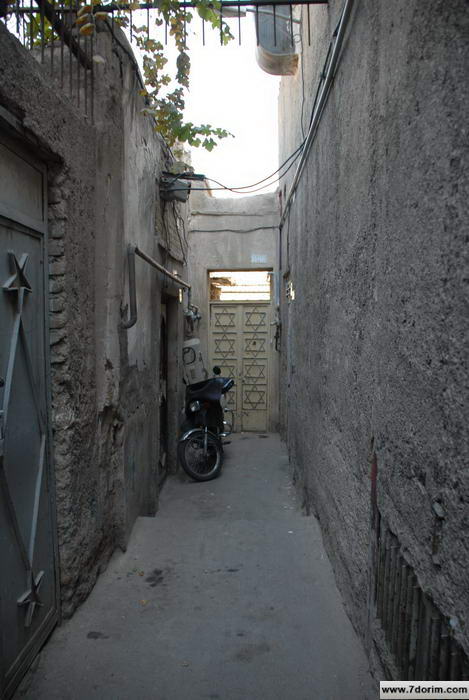
Entrance alley of Ezra Yaqoub Synagogue, Odlajan neighborhood
Spring 2009

The entrance door of Ezra Yaqoub Synagogue, Odlajan neighborhood
Spring 2009

The area of the courtyard on the southeast side of Masapazi in the years 1340
Spring 2009

The north side of the windows of the synagogue
Spring 2009

The area of Ezra Yaqoub Synagogue on the east side
Spring 2009

Ezra Yaqub Synagogue courtyard
Spring 2011

Ezra Yaqub Synagogue courtyard
Spring 2011

Ezra Yaqub Synagogue courtyard
Spring 2011

The south side of Ezra Yaqub Synagogue
Spring 2009

Mrs. Rahel Neman, a former nurse at Soviet Hospital
Spring 2009

Ezra Yaqub Great Synagogue, which has now been converted into a residential area
Spring 2009

The steps at the entrance of the Ezra Yaqub Synagogue

Ezra Yaqub Synagogue entrance
Spring 2009

Ezra Yaqub Synagogue entrance
Spring 2009

Ezra Yaqub Synagogue entrance
Spring 2009

Ezra Yaqub Synagogue entrance
Spring 2009

The area inside Ezra Yaqub Synagogue
Spring 2009

The area inside Ezra Yaqub Synagogue
Spring 2011

The area inside Ezra Yaqub Synagogue
Spring 2011

Spring 2011
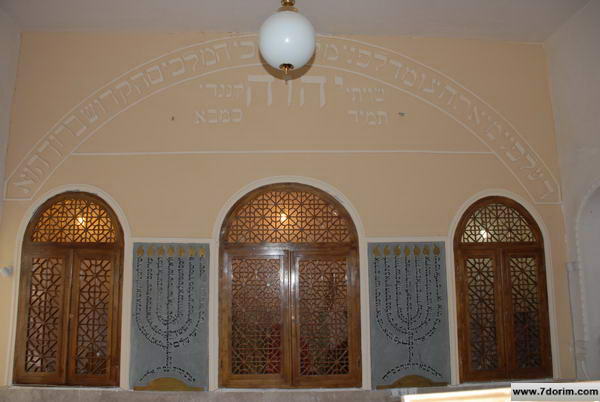
Spring 2011
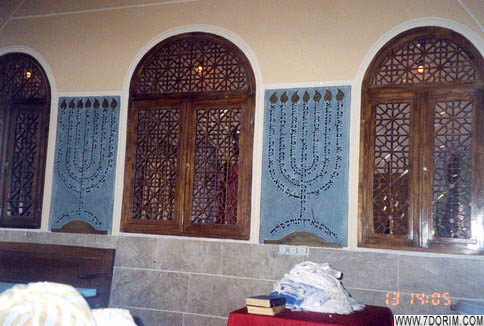

Spring 2009
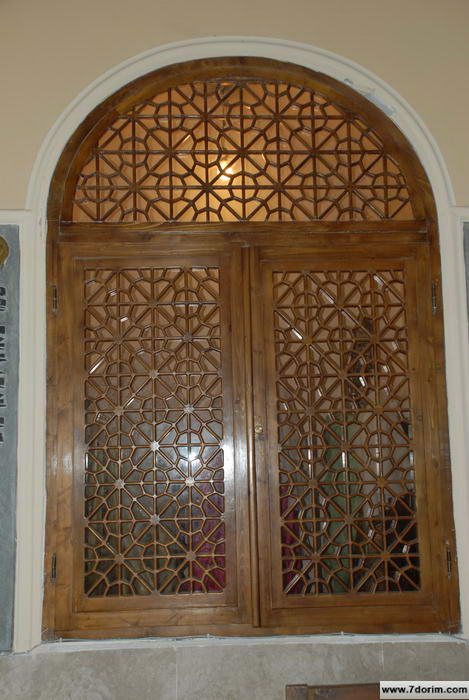
Spring 2011
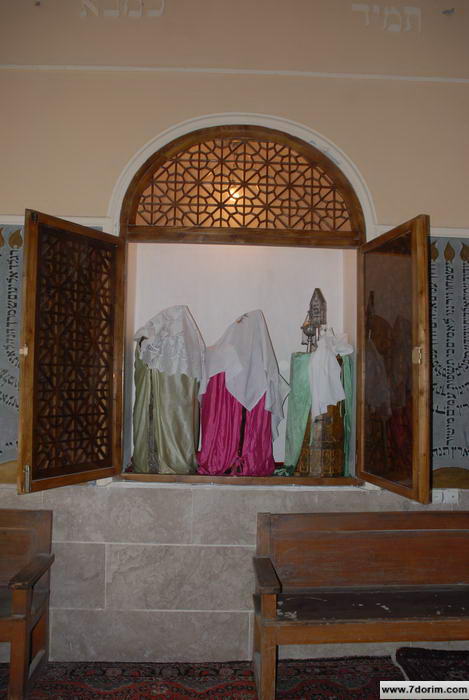
The position of the Torah
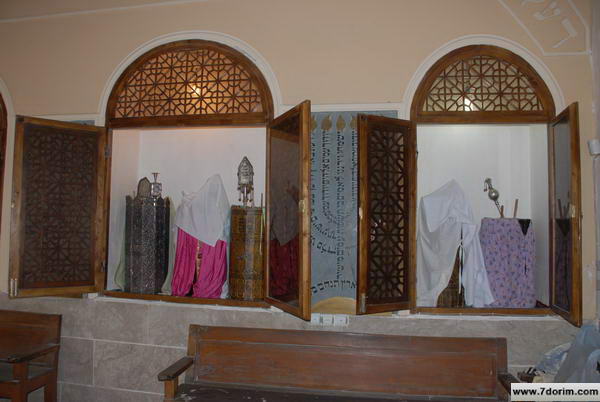
The position of the Torah
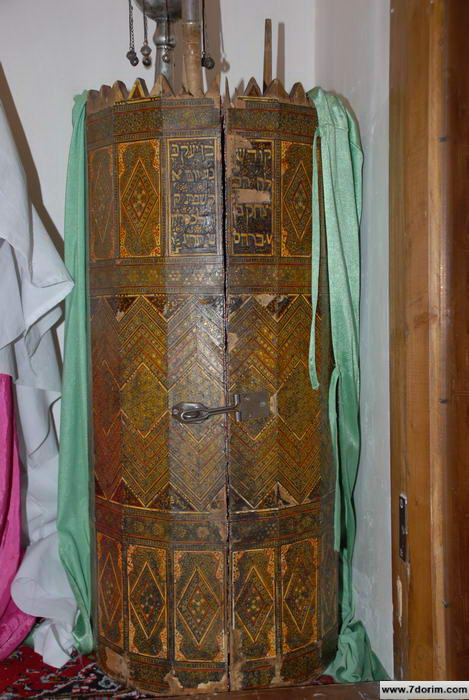
The position of the Torah
Spring 2011
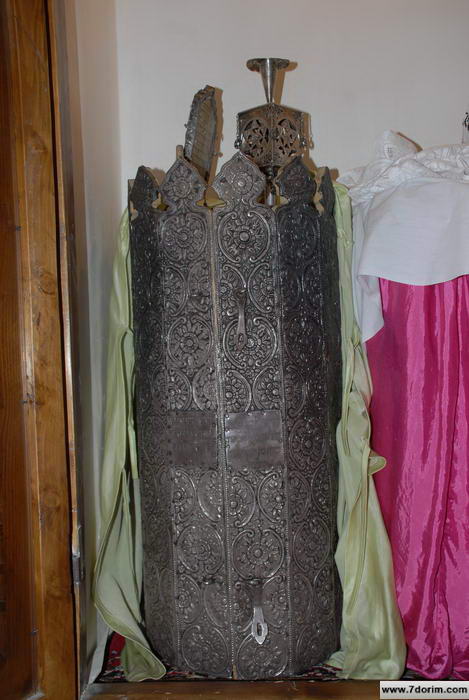
The position of the Torah
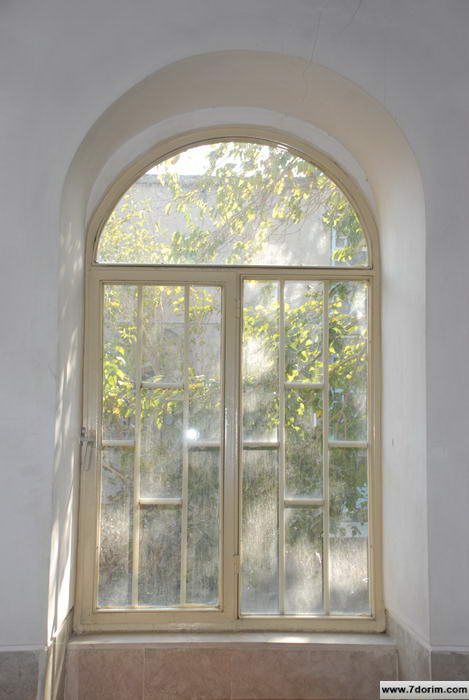
Spring 2011
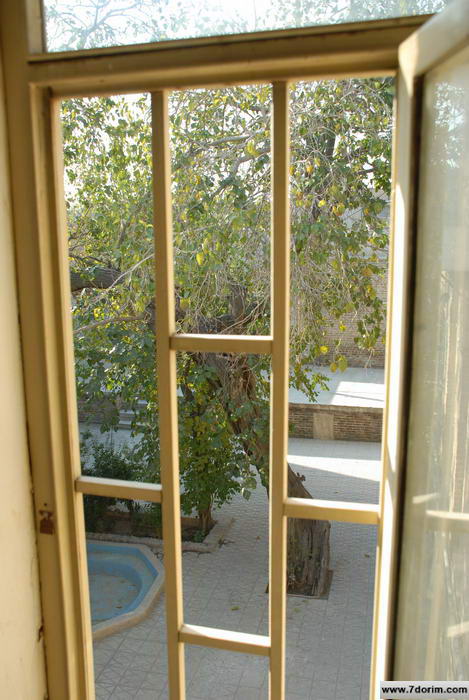
Spring 2011


 فارسی
فارسی